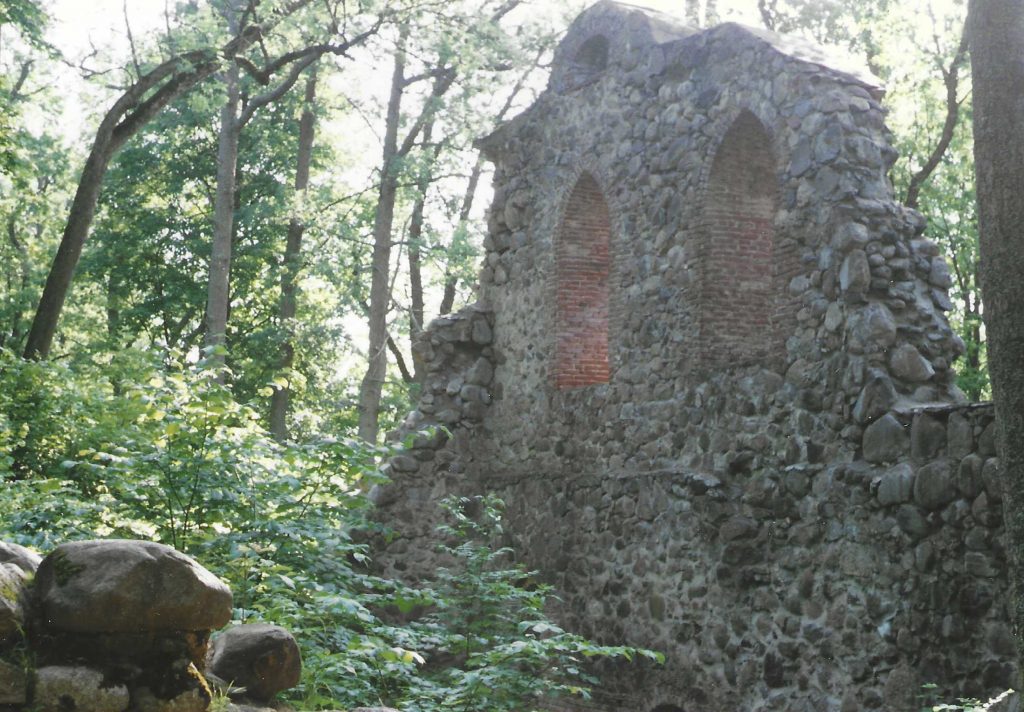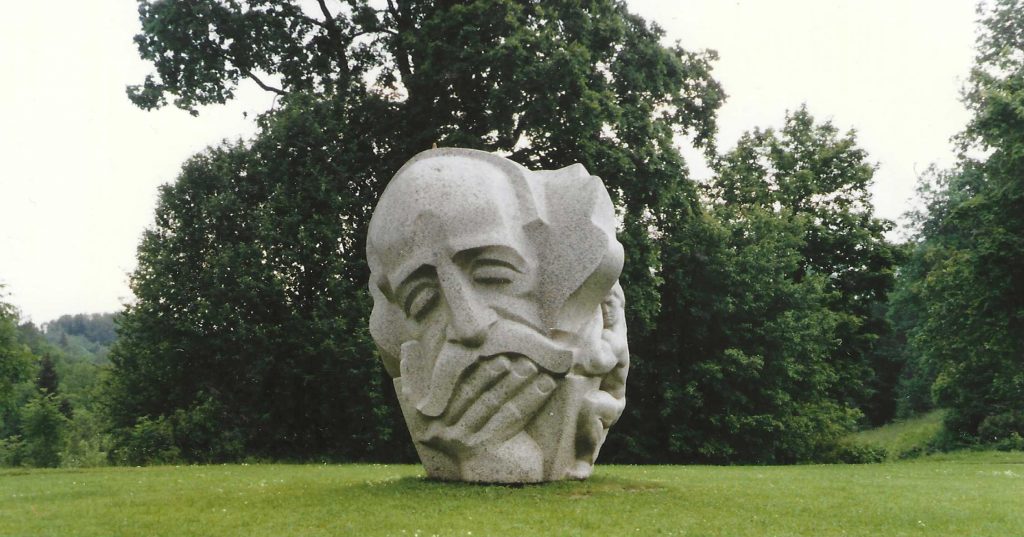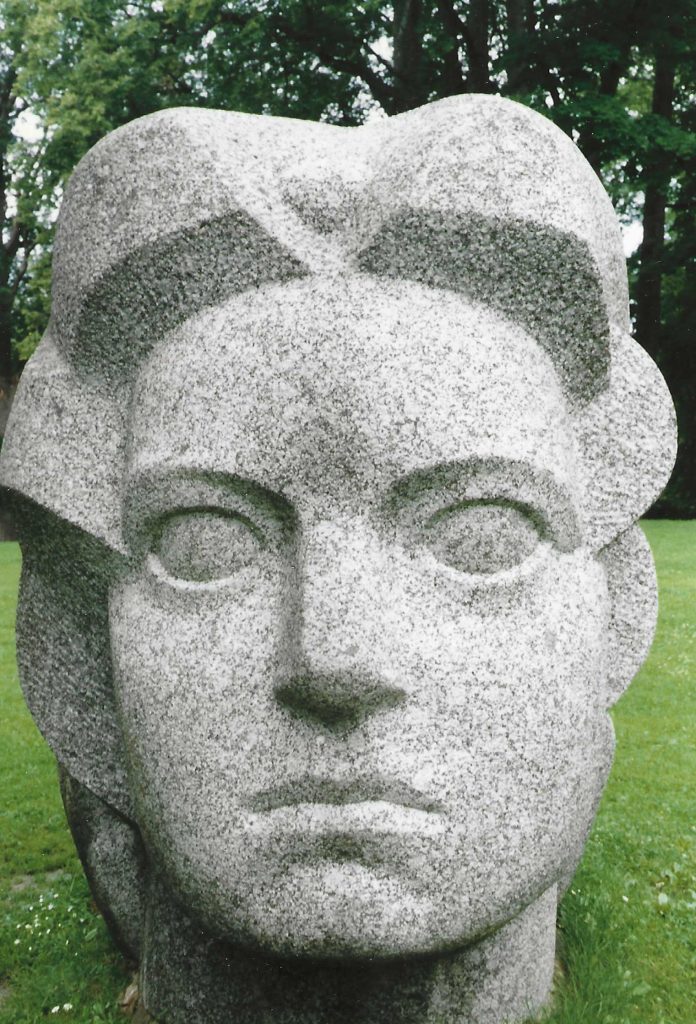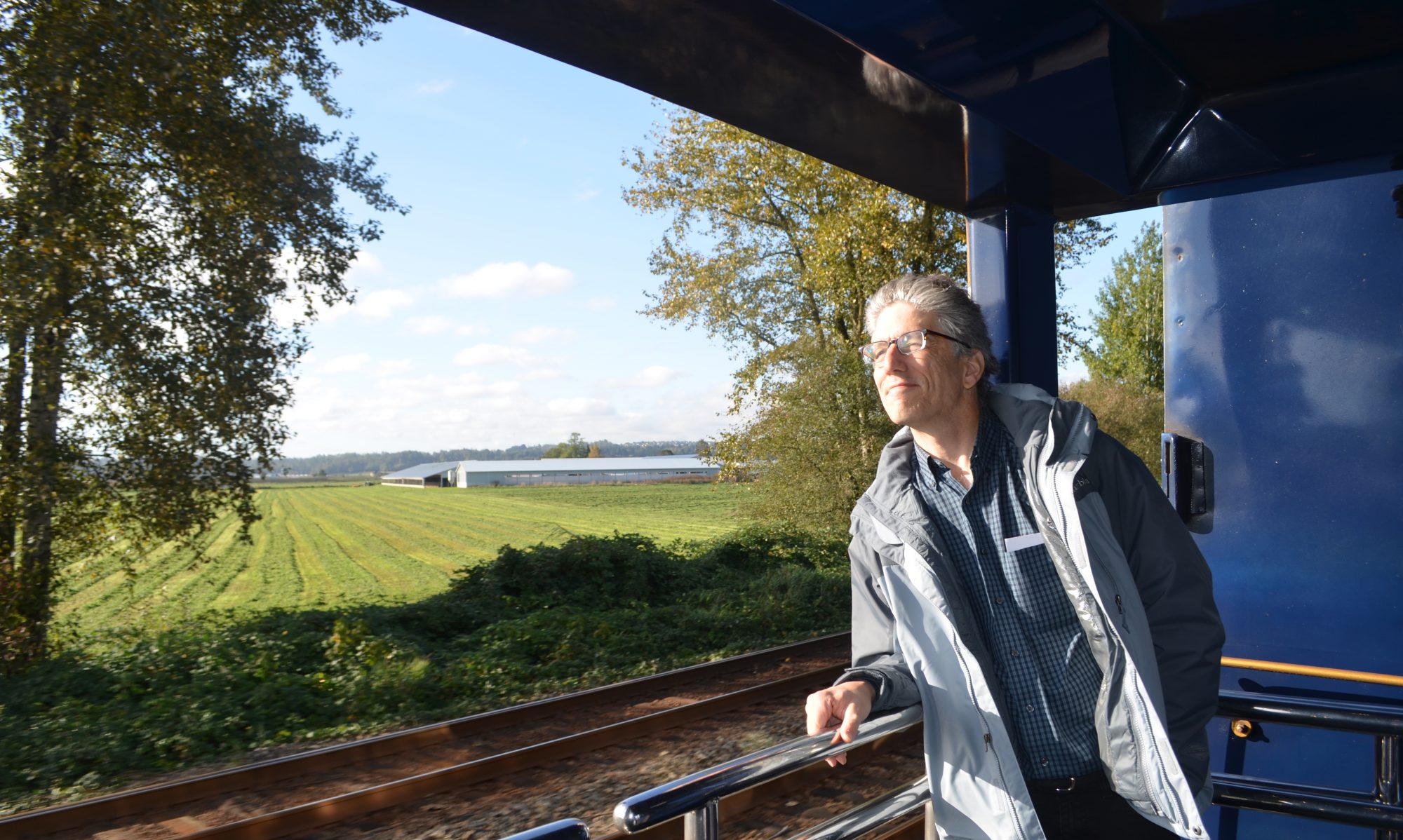If This is the City of Castles, Where are the Moats and Shit?

“Bye-bye boys! Good luck storming the castle!”
–Billy Crystal in “The Princess Bride.”
While I can’t say walking through ghettos looking for signs of departed relatives and reliving the Holocaust is “fun,” it is interesting. Still, it takes its toll, which is why I ran away to Sigulda, a town with more castles than Jews. Of course, that’s not all that hard to believe because there aren’t many people who live here in the first place and even fewer Jews.
As I wandered the town I realized the horrors of the Holocaust not only seemed hundreds of miles away (Sigulda is only 32 miles from the capitol), it also seemed hundreds of years distant because of the sites I visited. Sigulda itself was founded in the early 1200’s and the two main castles I came to see were completed around 1220. The older of the two, Sigulda Castle, was built by an order of German knights, heavily damaged during a war with the Poles and never repaired, according to “Birnbaum’s Eastern Europe.” The other, Turaida Castle, was built on a site overlooking the Gauja River after German crusaders destroyed a wooden fortress at the same location later in the 13th century. The castle blew up in the 1800s when lightning hit its gunpowder stores. These days, the only evidence of the castle were two large round towers and a large red brick building that served as a museum.
The castle was being rebuilt when I was there, which seemed a shame. I really liked the way the ruins looked, but it will probably be nice to see what the actual castle looked like.
Although I went to Turaida Castle hoping to see an antiquity, I ended up being more impressed by the modern sculpture park near the castle grounds. I hadn’t heard of Dainu Hill or the dozen or so odd sculptures until I stumbled across the large meadow where they sat eerily, looking like huge, oddly shaped plants, which had sprouted there rather than statues that had been deliberately placed. From the front, one looked like the head of William Shakespeare but seen from the side, there appeared to be a man pulling the playwright’s hair. Another person-sized statue was just the head of a despondent-looking woman staring blankly from pupiless chiseled eyes. I later found out that all 15 sculptures illustrate old Latvian folk songs called dainas, but at the time, they seemed like something out of the “Twilight Zone” because they were so randomly sprinkled throughout meadows the size of two football fields.

Although I went to Turaida Castle hoping to see an antiquity, I ended up being more impressed by the modern sculpture park near the castle grounds. I hadn’t heard of Dainu Hill or the dozen or so odd sculptures until I stumbled across the large meadow where they sat eerily, looking like huge, oddly shaped plants, which had sprouted there rather than statues that had been deliberately placed. From the front, one looked like the head of William Shakespeare but seen from the side, there appeared to be a man pulling the playwright’s hair. Another person-sized statue was just the head of a despondent-looking woman staring blankly from pupiless chiseled eyes. I later found out that all 15 sculptures illustrate old Latvian folk songs called dainas, but at the time, they seemed like something out of the “Twilight Zone” because they were so randomly sprinkled throughout meadows the size of two football fields.
Given a choice between the two castles, Sigulda is easily my favorite. Tucked away in a wooded area, covered with years of undergrowth, it looks as if the forest is on its way to reclaiming the building. The vegetation made it almost impossible for me to find the ruins until I tripped over them.
As nice as it was, I was sad to see it was nothing like the castles I had grown up seeing in movies and reading about in books. There was no moat and no drawbridge. Nor was there a large courtyard area around the castle or even a French Huguenot on top protecting the castles from foreign marauders and insulting potential invaders by telling them “your mother is a hamster and your father smells of elderberries. Now, go away or I will taunt you a second time.”
The ruins were near a sanitarium, so that may explain the Huguenot’s absence. Maybe he’d been institutionalized.

The area surrounding the sanitarium looked like a small picturesque medieval town complete with wide, dirt streets; stone buildings; a large barn/stable at the end of a main street, and a Hollywood made-to-order old guy bent over and leaning on a walking stick inching his way across the road. I would like to say the man was
picturesque, but I wasn’t sure because I couldn’t get him to stop moving long enough to take his picture.
No matter how I look at it, I have to admit there was something strange about slogging through the woods of a former Communist country looking for castles on July 4th. After all, I was seeking symbols of a type of power unknown in America these days (even if only because the right wing of the Republican Party hasn’t been able to force its return) on the same day other Americans were celebrating the overthrow of such power.
Although I wasn’t able to celebrate with fireworks, I celebrated it in an even better way– by taking advantage of the freedom being an American affords me: Traveling without advanced approval from my government. So long as I have a passport, a visa and transportation, I don’t need anything else. I don’t have to have a special reason to travel, I can just leave any time I want. Within reason. I probably can’t go to Iraq or Cuba. Avoiding the first country makes sense, being forced to avoid the other is a tragedy, but that’s a discussion for another time.
I long suspected I wouldn’t be able to find a country better than the U.S., but that’s not too surprising. It’s the only home I’ve ever known. Being my home doesn’t necessarily make it the best place in the world. It only makes it best to me because the overall standard of living is fairly high, the air relatively clean, government bureaucrats generally do their jobs without the level of bribery required in places like China and almost everything works as it’s supposed to, capitalism notwithstanding. And best of all, there are traffic laws.
I don’t believe my country is perfect, though. It cannot only be pig-headedly wrong, supporting the most repressive regimes and being downright embarrassing — Vietnam, battles over abortion and the Dan Quayle vice presidency to name a few examples.
I don’t want to sound provincial, but my travels have made me feel extremely lucky that I got a good draw when I was born. I could just as easily have been born in Russia, Latvia, China or Indonesia. I don’t know how I got so lucky, but I’m extremely thankful that I’m alive now rather than any other time or place.
I was thinking all these thoughts as I walked into a store to buy lunch. While looking around the candy counter I noticed a package that looked similar to baseball trading cards back in the States, complete with bad bubble gum. These cards didn’t feature hitters, fielders and pitchers, however. Instead, they were centerfolds from Penthouse Magazine. Although I’m not quite sure what message the openly displayed trading cards were meant to send to children, it made me think that maybe Latvia wasn’t such a bad place after all.

I mean, what other country sells trading cards with nude women on them along with a stick of bubble gum?

